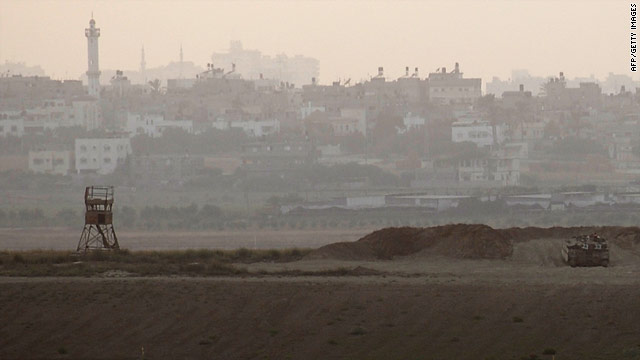By Ryan T. Elliott
Impunity Watch Reporter, North America/Oceania
SANTIAGO, Chile— A report released last week by a Chilean commission found that there were many more victims under Pinochet’s rule than previously suspected or documented. In fact, the commission’s director, Maria Luisa Sepulveda, said the commission had identified an additional 9,800 people who had been held as political prisoners and tortured. This brings the total of people killed, tortured or imprisoned for political reasons to 40,018.
As part of this most recent report, the commission examined 32,000 new claims of human rights abuses over the past year and a half. In order to be recognized as a victim during Pinochet’s rule, the person must have been: (1) detained or tortured for political reasons by agents of the state or people at its service; (2) victims of forced disappearances or been executed for political reasons by agents of the state or people at its service; (3) or been kidnapped or been the victims of assassination attempts for political reasons.
During the latter part of the Cold War, and Chile’s 1970 presidential election, the United States became more and more troubled at the prospect of a Socialist by the name of Salvador Allende who seemed likely to prevail in the upcoming election. This fear was rooted, among other things, in Allende’s economic plan, which involved the nationalization of the country’s industry, including U.S.-owned companies.
Not much of this was definitively known until 2000 when the CIA released a document entitled “CIA Activities in Chile,” which outlined the CIA’s role in trying to deter and ultimately prevent Allende from becoming Chile’s next president. Despite their effort, when the ballots were cast and counted, the CIA had failed and Salvador Allende succeeded.
On September 11th 1973 a bloody coup, supported by the United States, took place. The Chilean presidential palace, La Moneda, had been bombed and Allende had subsequently committed suicide. Shortly after the bombing, the military appeared on television with General Pinochet, the newly appointed army commander.
While a majority in Chile’s Congress supported the coup, many Chileans believed that the army would restore social and economic order and then hold democratic elections. With the backing of the army, however, Pinochet did not secure democratic elections, but a dictatorship. In short order, Congress was dissolved, political parties were banned, and opposition leaders were exiled. While many of Allende’s nationalization efforts were thwarted, most Chileans watched in horror as a democracy that stretched back to the 1930s faced a swift death at the hands of Pinochet
For seventeen years, Pinochet ruled, and the violence he let loose was unprecedented in Chile. Pinochet’s first order of business involved capturing, torturing and killing thousands of Allende supporters across Chile. Government-sponsored reports, including the National Commission on Political Imprisonment and Torture Report, found that 3,200 people were murdered under his dictatorship, half of them in the first year. Some 30,000 more were tortured. These reports were much more than attempts at unearthing an unsavory past, it was hoped that they would give Chile an opportunity to reach some sort of reconciliation with its past. However, reconciliation was made difficult by the fact that Pinochet, as a life long head of state, was never brought to justice.
As a result of the recently released report, survivors and victims of abuses under Pinochet will receive a lifetime pension of about $260.00 a month. Meanwhile, relatives of those killed receive about triple that amount. Victims are also entitled to health, education and housing benefits. In sum the government will have to increase its compensation by roughly $123 million a year to victims.
The report was presented to the current Chilean President, Sebastian Pinera, earlier this week at his presidential palace. Neither the details of the kind of abuses faced by the victims nor the names of the victims were released, however. These details are expected to remain confidential for the next fifty years.
This is the fourth report of its kind examining the human rights abuses under Pinochet since 1990. The report doesn’t alter the material facts known about the abuses during Pinochet’s rule, but it does change what is known about the number of abuses during this era, and it is yet another step toward accurately capturing this historical period of Chile.
While the commission has completed its work, the investigation is far from over as there are still hundreds of cases pending before Chilean courts.
For more information, please see:
Chile recognizes 9800 More Victims — August 18, 2011
Chile recognizes 9800 More Victims — August 18, 2011
Chile recognizes 9,800 more Pinochet victims – August 18, 20011
Chile recognizes 9,800 more victims of Pinochet’s rule — August, 2011
After Pinochet — December 13, 2006
Augusto Pinochet – December 13, 2006
Augusto Pinochet: The passing of a tyrant – December 13, 2006
Pinochet’s legacy to Chile: The reckoning – September 16, 1999




